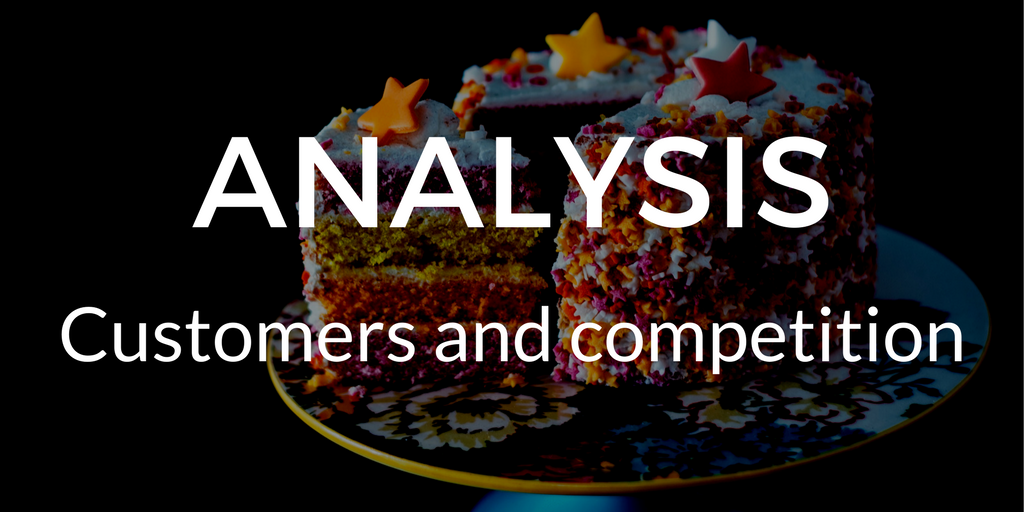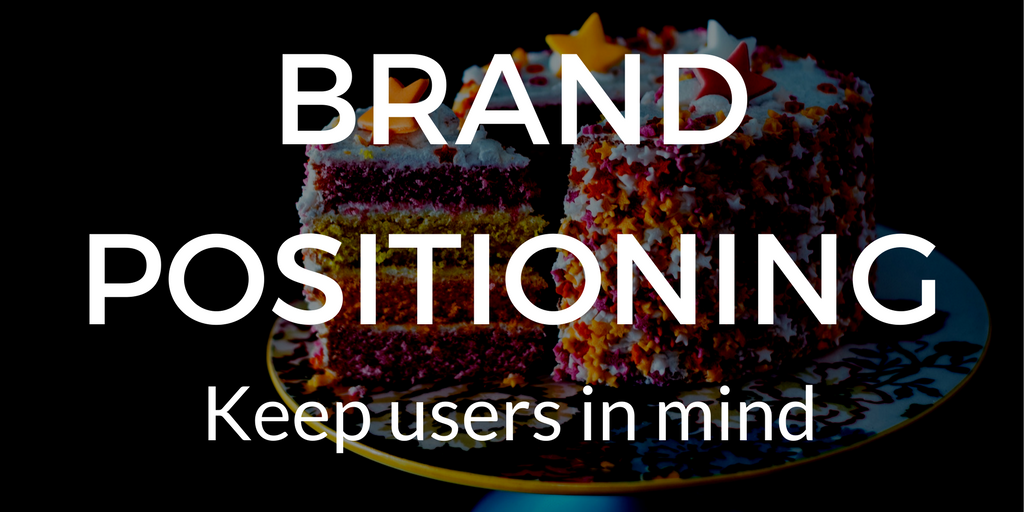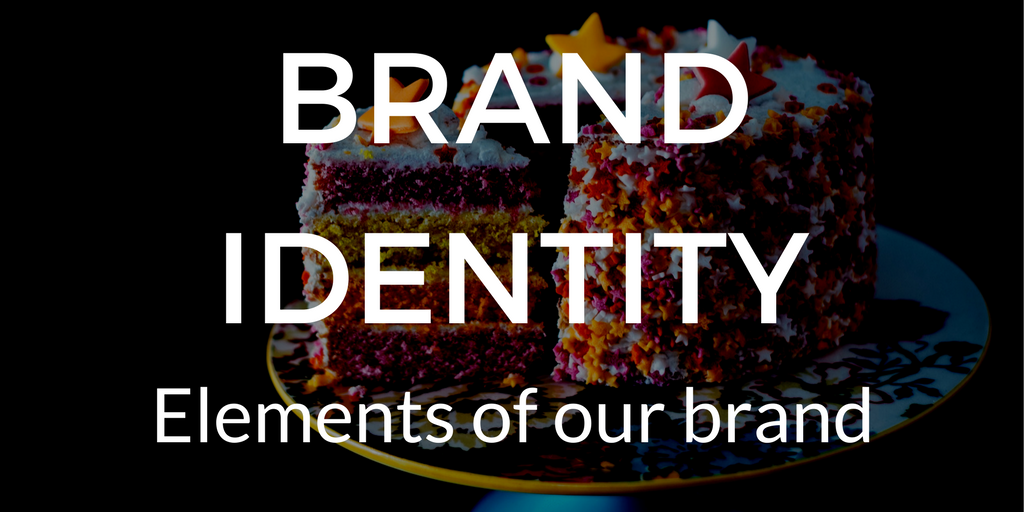Why are we talking about brand strategy? Isn’t it too early for startups to think about branding? Shouldn’t we focus on the user first? If these kind of questions pop up in your mind, worry not. Brand strategy, just like processes, has a great impact on user experience if constructed correctly. With this article, we’ll learn how to construct brand identity and brand positioning, arguably the most important parts of brand strategy, so that it improves user experience.
Look at this multi layered cake. Because of previous experiences we had, just looking at this cake reminds us of its different flavors. It looks fresh and delicious, and the beautiful presentation makes it even more appealing.
Our brand needs to meet users’ expectations in a way that is unique and valuable. Tweet This Quote
Very simply put, this is what we try to achieve by building a brand. However, as product makers, what we shouldn’t forget is this: with just one bite, our users experience how well our ingredients go together and whether or not our cake really lives up to its promise. So, make sure your cake tastes as good as it looks. Especially at the first bite.
But as we all know, we can’t sell the cake just because it looks and tastes good. There are many similar cake makers who have already established themselves, and by logic, if we have two very similar options we generally go for the more well-known one, right? And being startups, we are never the well-known one.
This brings us to brand positioning and brand identity. Our brand needs to meet users’ expectations in a way that is unique and valuable. How do we do this? First, we need to analyze our company, our competitors, and most importantly, our users.
We tackled the user part in the first article of this series. Let’s look at how to analyze our company and competitors. Again there are many, many ways to do these but we’re after quick and effective ones. With that in mind, I suggest the following resources for analyzing our competitors (just the top three or four) and our company:
- SWOT Analysis (Here is a very good step by step guide and an online templating tool)
- Brand Key (Light version provided in the templates. Do your product after you complete brand positioning and brand identity studies described below)
- Features Benchmarking (As provided in the template)
- GBI (Good, Bad, Interesting Analysis as provided in the template)
Once we complete these four (as well as the exercises in the first article), we’ll develop a very good understanding of our users, competitors and our own company from a brand strategy perspective. This will reveal to us where our competition is really strong or weak. Which of our users’ expectations are met by whom, and more importantly, which aren’t met at all. How each of our competitors position themselves and what kinds of positions are left available for us. With answers like these in hand, it is time to plan our brand positioning and brand identity.
The purpose of all branding efforts is to find that unique and valuable position that sets us apart from our competitors in the minds of our users. What impresses them? What makes them happy? How do they express themselves? What do they look for? What do they talk about in general? What do they talk about at the water cooler? If we generate and answer many questions like these — for all of our segments — then we will start thinking and feeling like our users.
The purpose of all branding efforts is to find that unique and valuable position that sets us apart from our competitors in the minds of our users. Tweet This Quote
Brand Positioning on Rationality
In order to appeal to our users’ rational needs we should answer the following questions:
- What features differentiate us in a meaningful way?
- What tangible results are expected from our product?
- What practical purposes does our product meet?
- How well do we do when it comes to performance vs price?
Brand Positioning on Non-Rational Aspects
Constructing a strategy requires a continuous rationality. However, a great deal of effort put into being rational makes us forget a very simple truth: People are irrational.
Answering the following questions will help us be rationally irrational:
- What are our users’ values, ideas, beliefs, attitudes?
- Where do they live? What is their culture like?
- What is their status in society?
- Who are they envious of?
- What non-practical expectations do they have from our product?
After answering all these questions, we need to:
- Look how our competitors are answering these questions
- Understand what important expectations aren’t met by our competition
- Review our competitors’ analyses and then decide the archetype, reasons to believe, discriminators, and root strengths for our brand
Then we can move on to decide on brand identity.
Think of how we’d describe a friend to someone else. Let’s say our friend is Albert Einstein. Then it would go something like this: “Albert is 1.75m tall, he has a thick moustache, messy white hair and an extremely long tongue. He’s very warm hearted and likes to joke around. Oh, by the way he’s awesome at physics!” It’s the same with brands. Brand identity is an aggregate of all concrete (logo, typography, product features, pricing, name, color, slogan packaging etc.) and abstract (brand archetype, company culture, attitude, tone, communication style, story etc.) elements of our brand. It’s expected to reflect what our product does (in general) and how we differentiate.
How to Construct Brand Identity
The following criteria* should guide us while we decide all those concrete and abstract elements of our brand.
- Memorability: Achieved mostly by concrete elements like logo, name, jingle etc. These should be distinguishable and impressive in order to be memorable.
- Meaningfulness: Our product’s features and promises should make sense to users. Quora’s motto is a great example: “Best answer to any question.” We understand it is a Q&A platform. It promises us the best answers, very boldly. And it informs us that any kind of question is fine.
- Likability: Having a certain aesthetic appeal for the target user segments. Take a look at Halo Effect and Attractive Things Work Better.
- Transferability: If we want to add new features, services or sub-products, our brand identity should be able to support those.
- Adaptability: Think of the latest iteration of Google’s logo and Instagram’s logo. Google’s, despite some people finding it too unsophisticated, was an easy transition. It got accepted very quickly. On the other hand, Instagram fans were very angered by the newer, more modern look. Why? Because Instagram’s identity wasn’t as transferable as Google’s.
- Protectability: Make sure your brand elements are covered legally and internationally.
Again, it is all about users. All the effort put into branding is for that unique and valuable place in our users’ minds. To understand if we made the right choices we should able to answer the following questions with peace of mind:
- Is our brand really unique?
- Is it believable?
- Is it relevant to the users?
- Is it easy to get?
- Are the elements consistent?
And we will understand whether or not it works if our users remember us as a unique and meaningful brand that makes them tell others about us.
* Taken from Strategic Brand Management: A European Perspective







